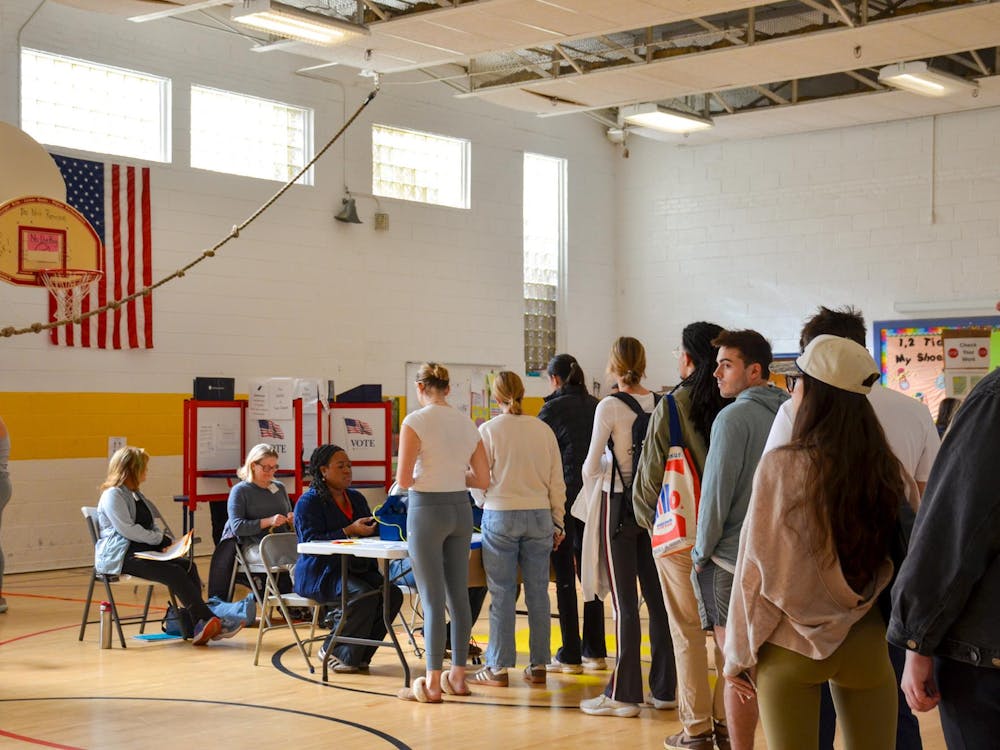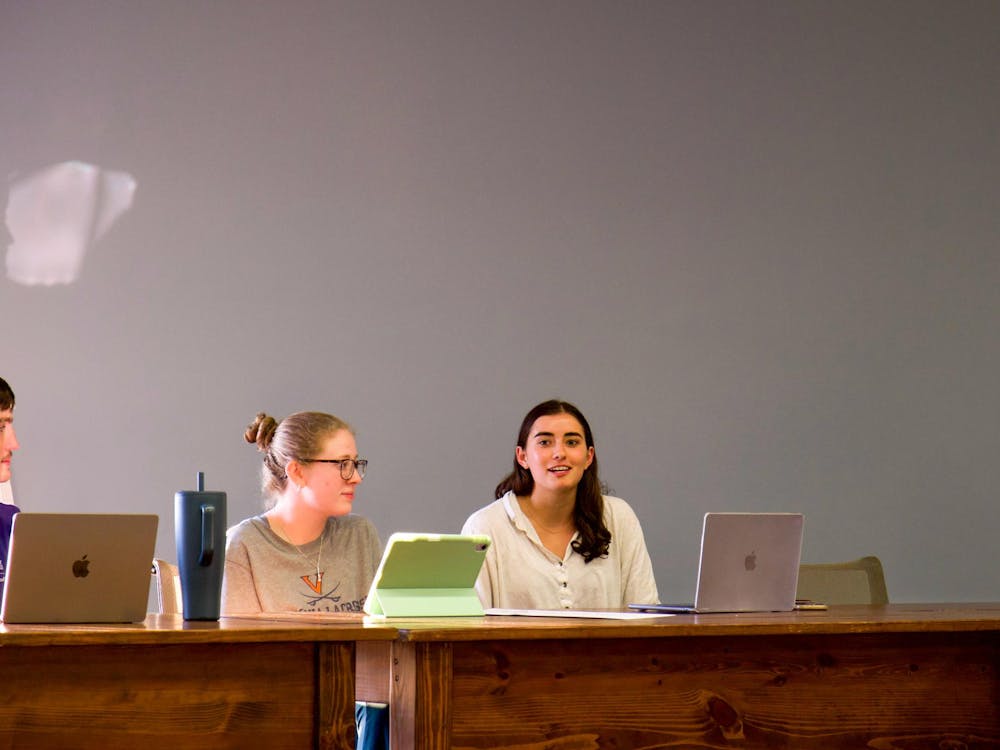The University Judiciary Committee plans to re-examine efforts to diversify its membership after a self-reported survey found low representation of students from a number of backgrounds. The survey also highlighted a large representation in UJC of students participating in Greek life relative to the University student population.
“Some of these numbers are both alarming and disappointing,” UJC Chair Merriam Mikhail said of the data, which was gathered from 113 of the 140 to 150 members of the University Judiciary Committee.
Of the UJC members who chose to participate in the survey, none were Hispanic Americans, who comprise about 4 percent of the University community, or Native Americans, 45 of whom attend the University, according to the survey data.
The numbers were not a surprise to Latino Student Association President Chris Blank, who said organizations such as UJC, Student Council, the University Programs Council and organizations that “have special status” are more likely to be comprised of white students.
“Those organizations have been around for a long time and traditionally have been filled with [students] who are legacies,” Blank said. “The fact of the matter is that the majority of legacies at U.Va. are not black, they’re not Asian; they’re white.”
According to UJC’s data, 62 percent of the University community is white, while 80 members — about 71 percent of surveyed UJC members — identified themselves as white.
Asian Americans are UJC’s highest-represented minority, according to the survey. With 14 students reporting themselves as Asian-American, Asian Americans comprise 12 percent of the surveyed UJC members — while about 9 percent of University students are Asian-American. Six black UJC members make up 5 percent of the surveyed UJC members, while five students identified themselves as international students, comprising 4 percent of the survey group.
Mikhail noted the importance of continuing to reaching out to minorities in the University community.
“I think we certainly need to do a better job,” Mikhail said. “We are a body that’s to be as representative as possible of the student body. Diversifying our committee as much as possible will really maximize the benefit that student self-governance can have in our community.”
Low minority representation is an issue UJC has grappled with in the past, Vice Chair for First Years Michael Chapman said. UJC began contacting minority organizations and attending their meetings last semester to increase its diversity, Chapman said.
“We don’t want to be seen as the scary people that try problems,” Chapman said. “We don’t want to be a stereotypical mainstream organization. We want to be an organization that’s here for all students.”
Blank said he is hopeful that as the number of students from different races and ethnicities increases on Grounds, more minority students will be inclined to participate in organizations such as UJC.
In addition to reporting data about race and ethnicity, UJC also gathered data about students in Greek organizations.
While only 19 percent of the University’s student body belongs to a fraternity or sorority, about 41 percent, or 46 members, of surveyed UJC members are involved with a Greek organization. Mikhail noted the number was high, citing the need for better representation of non-Greek students.
Educator Caitlin Felker cautioned that UJC’s lack of diversity could cause some students to lose confidence in the organization.
“If you are sitting trial and you don’t feel like you’re actually being represented by your peers, you might not have as much faith in the system,” Felker said.
UJC, however, is unbiased in every case it handles, Vice Chair for Trials Grayson Lambert said.
Although Lambert said the current UJC members are dedicated, he said he believes the further UJC diversifies itself, the more successful it will be in serving the University.
“Hopefully we can make the Judiciary Committee more diverse,” he said, “and that should only make us better able to promote the safety and well-being of the University.”






